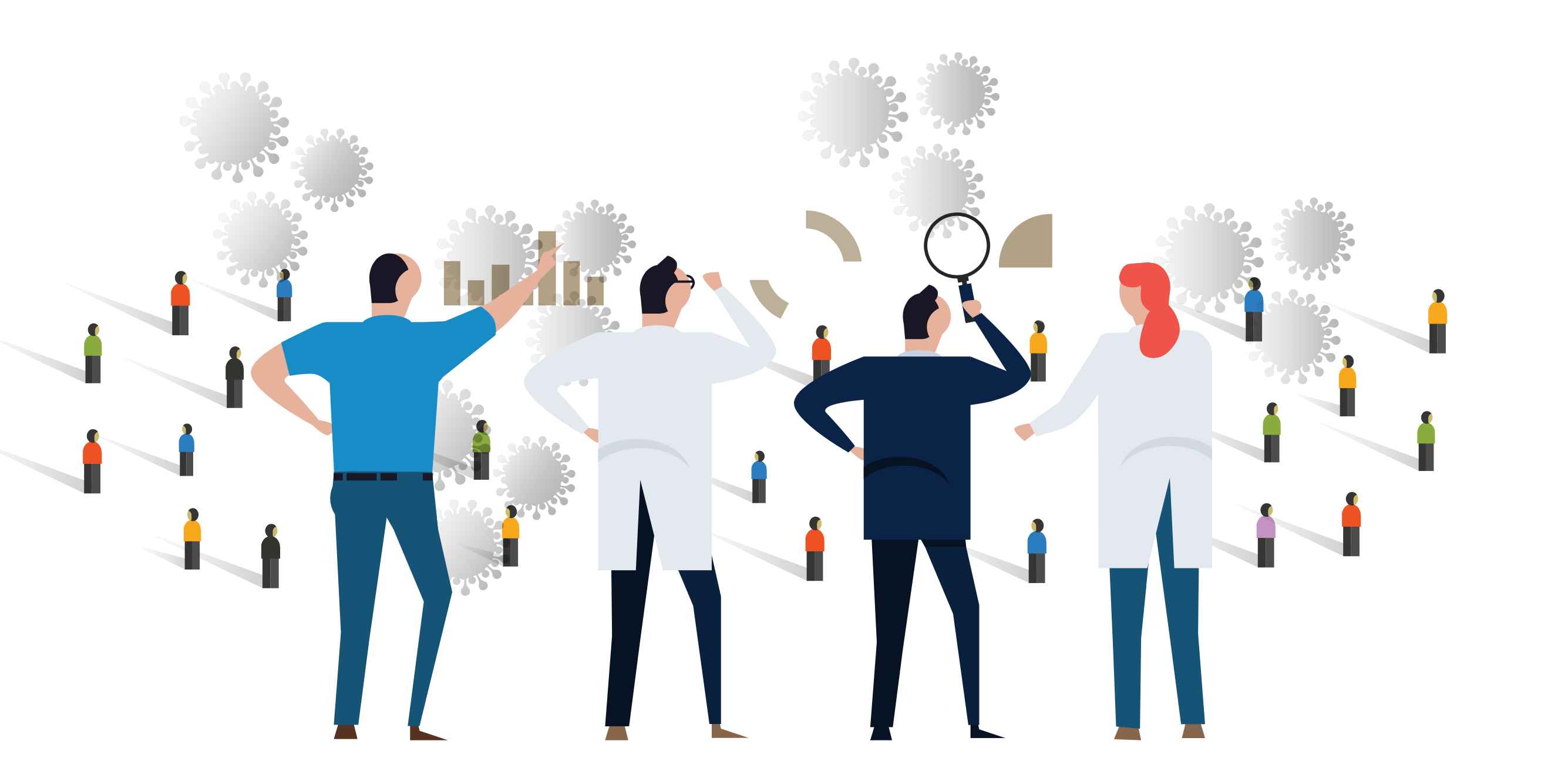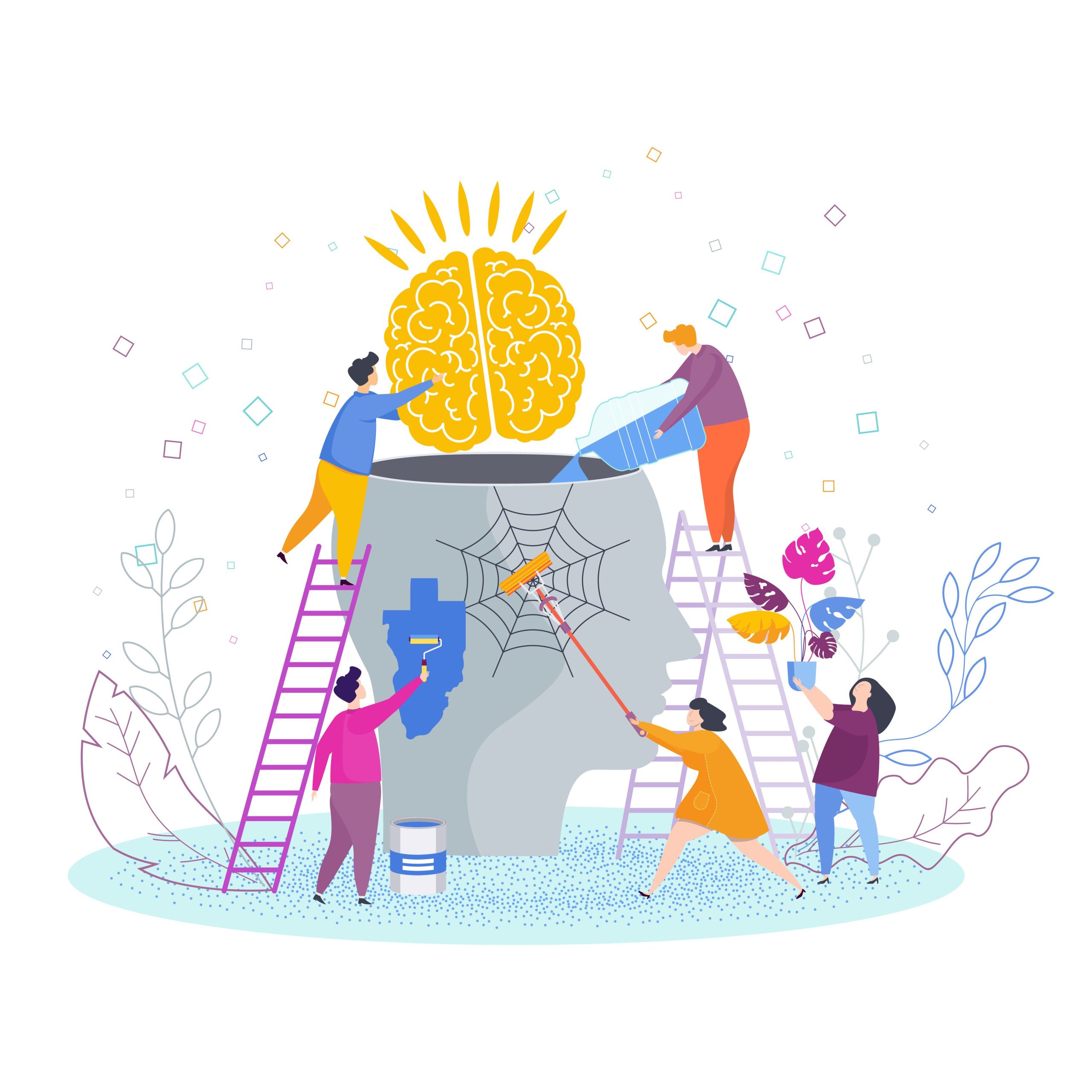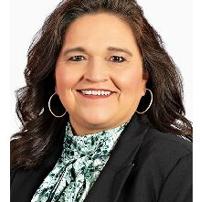[ad_1]
The phrase “a day in the life” of a public health professional seems almost darkly comical. First, it begs the question, “What life?” for an infectious disease epidemiologist and infection preventionist during the third year of the COVID-19 pandemic. In addition, every day is own hurdles.
Working in public health has never been for the faint of heart. Our work isn’t glamorous, and it is mostly filled with long hours, lower pay, and often few thanks. Add in the pandemic and that amplifies the worst of days. That being said, I’ve never worked with a more passionate, dedicated, and optimistic group of professionals. Trying to explain a day in the life of a public health professional involves an ever-changing dynamic of pandemic response, but it also entails trying to build a sustainable approach to COVID-19 while managing the day-to-day health threats that haven’t gone away during the pandemic.
It’s critical to note that my experiences in public health are unique and that no single epidemiologist or infection preventionist shares the same daily experiences. My path has been different, sometimes winding off the normal pathway and into perilous journeys, so my experiences are not always indicative of what others’ may be. Mistakes have been and will continue to be made, each with its own lesson and goal of avoiding such frustrations moving forward. This is especially painful and obvious during a pandemic, when your mistakes in this field have that much more impact and attention. In short, my journey is uniquely my own, but I hope this shares insight into what a day in public health is like during a pandemic.
RESPONSE
The COVID-19 response hasn’t stopped. In fact, for most public health workers I know (including myself ) this period in response and life has become more complicated, more nuanced, and, frankly, more frustrating. We’re tired. I realize that everyone is exhausted, and COVID-19 has done untold damage to the collective world psyche. Working in public health during a pandemic, especially if you focus on infectious disease, is especially difficult. It’s an odd thing, training and studying your entire life to prevent and respond to a pandemic and then have it happen in your lifetime. Even now, friends often say, “Ah, this is like your Super Bowl!”
I understand that sentiment, I do. But let’s be frank about what it feels like to be in year 3 of a pandemic. Sure, those exercises, policies, lessons, and trainings we’ve done throughout our careers do have a place and are helpful. But imagine watching a disaster that you’ve dedicated your life to preventing happen, slowly and over and over—and you’re powerless. You work more hours than ever to try to slow the disastrous burn and prevent the disease from reaching every corner of the globe—and it doesn’t matter. Is this a scenario that we’ve trained our whole lives for? Yes. But we’re not happy about it. We’re not celebrating being here, and there is no winner. People are dying and will continue to die from the disease. Death rates will likely increase if people consider COVID-19 “over with” and ignore the need for boosters and continued public intervention efforts such as masks and testing.
Right now, the response to the pandemic looks different than it did in 2020. My days are spent dealing with outbreaks and clusters, navigating the complexities of at-home testing, and helping identify interventions that are sustainable despite declining public interest. I work with public health departments reporting clusters or other communicable diseases. I identify ways to build a sustainable COVID-19 approach that is more long term. Lately I’ve spent a lot of time doing risk-matched approaches to COVID-19 that are more nuanced and situational. I often discuss the local public health requirements vs how employers may want to navigate opaque public health guidance. Should we quarantine an individual if it’s not required? What about masks? Should we still wear masks if the numbers aren’t that bad and they’re no longer required? These are the questions we face. This often requires explaining that the way the Centers for Disease Control and Prevention (CDC) has changed community risk levels is no longer ideal.1 It means describing that we’re only seeing the tip of the iceberg in the number of cases because at-home antigen tests aren’t being reported consistently. Now more than ever, my work in COVID-19 response for hospitals and businesses is much more nuanced and a balancing act. It’s like explaining the risks of a choose-your-own adventure when it comes to recommendations such as shortened isolation.
Much of my infectious disease epidemiology work now focuses on reviewing public health guidance, designing and implementing policies, and exploring the social dynamics of 3 exhaustive years of COVID-19. Moreover, this work must happen in the face of individuals and businesses that want to be done with COVID-19 and no longer want to invest time and resources into dealing with it. What probably feels like a complex time for the public is amplified for us in public health. Michael Bazaco, PhD, a infectious disease epidemiologist, and I were recently chatting when I asked him,–”if you could say anything about us and the work we do, what would it be?” He replied, “We aren’t perfect but we try our best and we work our butts off trying our best to protect as many people as we can, particularly the most vulnerable among us.”
Oh, and did I mention monkeypox?
TEACHING
Many of my public health colleagues also are academics. I continue to teach, which is often a good break from the emergent, rapid response nature of COVID-19 public health work. Academic work allows us to do research and also share some of our lessons learned. More recently, my courses on health care readiness and epidemiology and policy have included lessons from COVID-19 response. They also included how pandemics affect our ability to respond to other health threats. This has been a great time to discuss the impact of a pandemic on our day-to-day health threats such as antimicrobial resistance, vaccine-preventable diseases, food safety, emerging infectious diseases (ahem, monkeypox), etc.
One thing that many of my colleagues and I have noticed is the effect the pandemic has had on students, including their engagement, quality of work, and more. So many have lost family members, or are dealing with personal issues in the midst of school and COVID-19. We have voiced the need for empathy right now. I routinely tell my students that we’re going to talk about non–COVID-19 issues (because we all need that break) and to let me know if they need an extra few days because of, well, life. I also remind students that going to graduate school during a pandemic, especially if they’re working and/or caring for family, is a lot to handle and I’m here to support them. Now more than ever we can all use a moment to catch up or embrace empathy from our professors, bosses, and colleagues.
SCIENCE COMMUNICATIONS AND MEDIA
Perhaps one of the more unexpected facets of working in public health right now is the media attention. I’ve been fortunate to speak with journalists about COVID-19 response and its impact on health care and public health. Since 2020 so many of us in public health have found ourselves unintentional voices for infectious disease and global health issues. I’m eternally grateful for the amazing journalists who have asked for my insights and their continued work to bring truth and science to this novel situation.
Navigating the world of science communications (scicomm) and media has been harrowing. It comes with good and bad. Seeing so many wonderful and brilliant professionals share their expertise and insights is awe-inspiring. But with that come not only the armchair experts but also the vitriol. As we work in social media and various forms of journalism, we are learning how best to communicate nuanced and often complicated topics. We have also learned about the often-abusive nature of social media and how to communicate frustrations or a critique of government response and CDC guidance. Developing public health guidance is not easy and often we’re making recommendations based off preliminary data because we know the public needs something to help navigate life in a pandemic. It’s difficult, though, to see a policy change or data reporting shift that you disagree with but you don’t want to disparage publicly so as not to diminish trust in our national public health agencies or leaders.
It’s a quiet week if you don’t receive creepy private messages or abusive comments telling you how stupid you are or what you could have done differently in the COVID-19 response. This part of working in public health is exhausting and there have been periods in the past 3 years when I simply have not had the energy to engage. I don’t get paid for social media posts or interviews. In fact, these often require finding time in our day for conversations or securing a spot for a Skype interview. The amount of times I’ve had to find a quiet corner in a hospital parking lot, empty conference room, or airport corner is comical. Finding innovative ways to prop up an iPad or laptop is a skill we all now have. Although I am grateful for these platforms, it is difficult knowing that no matter what you say, it will incur the wrath of those online who want to argue. Even other investigators find ways to continue scientific debates across specialties that do us a disservice when done on Twitter and not in good faith.
In addition to our daily work duties and scicomm, many of us still serve on boards or panels. From science associations to organizations, we work to bring our fields forward. This increasingly comes with conferences that again are being held in person. Professional conferences and meetings are important in the field of infectious disease and help us identify research gaps, possible collaborations, and achievements our peers have made. Even masked, getting to see our peers after 3 years, or meet some for the first time in person, is very welcome.
FATIGUE AND OPTIMISM
Each day is different. Sometimes I spend my whole day just dealing with a single cluster of COVID-19 issues, discussing quarantine across multiple public health jurisdictions, learning about monkeypox protocols, developing lesson plans, or running from meeting to meeting. Some days involve doing interviews on current COVID-19 topics, such as gaps in data due to at-home testing; sharing the latest pandemic information on social media; or working on research collaborations with colleagues.
What is consistent is the fatigue. The exhaustion that we in public health feel in our bones. The people we have lost. The personal battles we’ve faced while working in a pandemic. Some days are more difficult than others, but in all days I try to end with a sense of optimism. The world of public health and infectious disease is filled with so many brilliant, kind, supportive, hard-working, and humorous individuals. Each day, I’m grateful for my peers, colleagues, and role models who inspire me to not only continue this work but also bring about innovation and pragmatism into the future of public health.
Reference
1. Centers for Disease Control and Prevention. COVID-19 community levels. March 24, 2022. Accessed June 1, 2022. https://www.cdc.gov/coronavirus/2019-ncov/science/community-levels.html
[ad_2]
Source link


